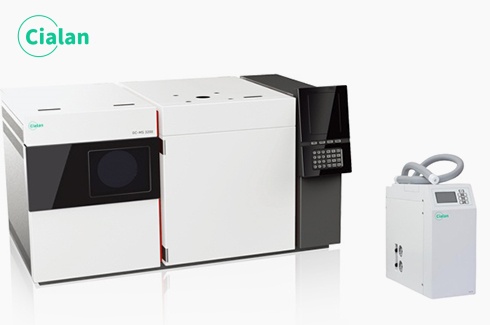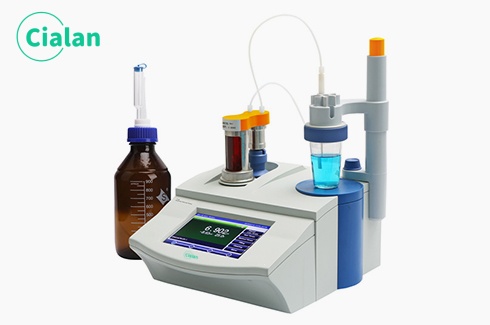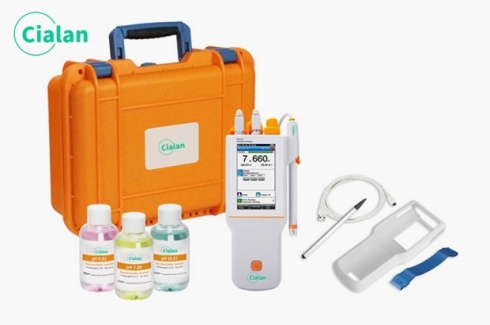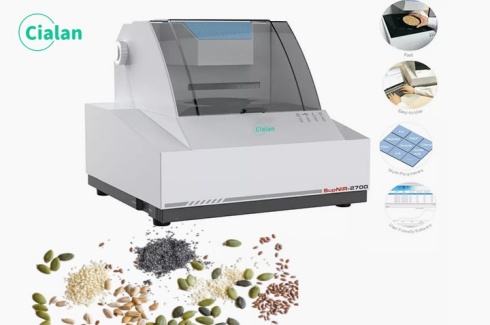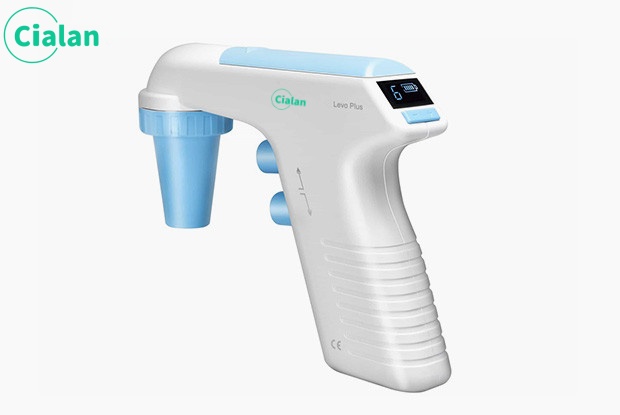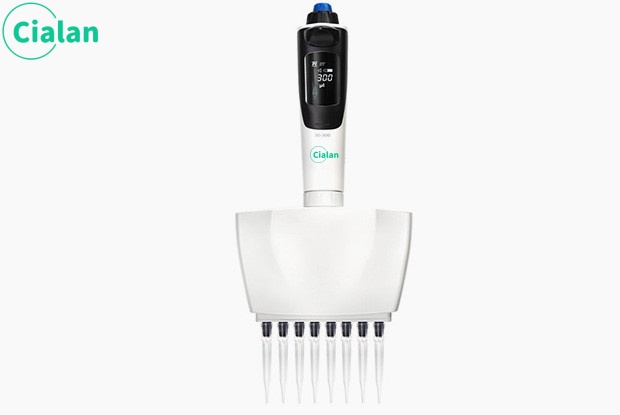What is the use of bottle top dispenser?
Introduction
The bottle-top dispenser device is a commonly used liquid dispensing tool in the laboratory, mainly used to accurately measure and dispense various liquids. The following is a detailed introduction to the bottle-top dispenser:

I. Working Principle
The liquid stored in the reagent bottle is quantitatively extracted and dispensed into the target container through the movement of the piston and the control of the valve. Specifically, when the control lever or button of the dispenser is operated, the piston moves in the cavity of the dispenser, generating negative pressure, so that the liquid in the reagent bottle enters the dispenser cavity through the inlet pipe.
Then, by adjusting the movement distance of the piston or controlling the switch of the valve, the volume of the dispensed liquid can be accurately controlled, and the liquid can be discharged into the target container through the outlet pipe.
II. Main Components
Bottle connector: used to connect with the reagent bottle, usually with a variety of specifications to accommodate reagent bottles of different sizes. The material of the bottle connector is generally corrosion-resistant plastic or glass to ensure a good seal with the reagent bottle to prevent liquid leakage.
Dispensing tube: It is a channel for liquid flow, usually made of corrosion-resistant materials such as glass, polytetrafluoroethylene (PTFE), etc. The inner diameter and length of the dispensing tube will affect the flow rate and distribution accuracy of the liquid.
Piston: It is a key component for achieving quantitative liquid distribution. The piston is usually made of corrosion-resistant rubber or polytetrafluoroethylene. By moving the piston, the volume of the dispenser cavity can be changed, thereby controlling the amount of liquid distributed.
Control mechanism: It is used to operate the movement of the piston and the switch of the valve, usually including a control rod, a button, a dial, etc. The design of the control mechanism should be convenient to operate and can accurately control the amount of liquid distributed.
Valve: It is used to control the in and out of the liquid, usually with an inlet valve and an outlet valve. The material of the valve is generally corrosion-resistant plastic or metal to ensure flexible switching and good sealing.

III.Application
Chemical analysis experiment: In chemical analysis experiments, various reagents and solutions need to be accurately measured. The bottle-mouth dispenser can quickly and accurately distribute the required amount of liquid, improving experimental efficiency and accuracy.
Pharmaceutical industry: In the pharmaceutical industry, the formulation and dosage of drugs need to be strictly controlled. The bottle-mouth dispenser can ensure accurate liquid distribution during the drug production process and ensure the quality of the drug.
Food testing: In food testing, various food samples need to be accurately analyzed and tested. Bottle-mouth dispensers can be used to dispense various reagents and standard solutions to ensure the accuracy of test results.
Environmental monitoring: In environmental monitoring, various environmental samples need to be analyzed and tested. Bottle-mouth dispensers can be used to dispense various reagents and standard solutions to improve the accuracy and reliability of environmental monitoring.

The bottle-top dispenser device is a commonly used liquid dispensing tool in the laboratory, mainly used to accurately measure and dispense various liquids. The following is a detailed introduction to the bottle-top dispenser:

I. Working Principle
The liquid stored in the reagent bottle is quantitatively extracted and dispensed into the target container through the movement of the piston and the control of the valve. Specifically, when the control lever or button of the dispenser is operated, the piston moves in the cavity of the dispenser, generating negative pressure, so that the liquid in the reagent bottle enters the dispenser cavity through the inlet pipe.
Then, by adjusting the movement distance of the piston or controlling the switch of the valve, the volume of the dispensed liquid can be accurately controlled, and the liquid can be discharged into the target container through the outlet pipe.
II. Main Components
Bottle connector: used to connect with the reagent bottle, usually with a variety of specifications to accommodate reagent bottles of different sizes. The material of the bottle connector is generally corrosion-resistant plastic or glass to ensure a good seal with the reagent bottle to prevent liquid leakage.
Dispensing tube: It is a channel for liquid flow, usually made of corrosion-resistant materials such as glass, polytetrafluoroethylene (PTFE), etc. The inner diameter and length of the dispensing tube will affect the flow rate and distribution accuracy of the liquid.
Piston: It is a key component for achieving quantitative liquid distribution. The piston is usually made of corrosion-resistant rubber or polytetrafluoroethylene. By moving the piston, the volume of the dispenser cavity can be changed, thereby controlling the amount of liquid distributed.
Control mechanism: It is used to operate the movement of the piston and the switch of the valve, usually including a control rod, a button, a dial, etc. The design of the control mechanism should be convenient to operate and can accurately control the amount of liquid distributed.
Valve: It is used to control the in and out of the liquid, usually with an inlet valve and an outlet valve. The material of the valve is generally corrosion-resistant plastic or metal to ensure flexible switching and good sealing.

III.Application
Chemical analysis experiment: In chemical analysis experiments, various reagents and solutions need to be accurately measured. The bottle-mouth dispenser can quickly and accurately distribute the required amount of liquid, improving experimental efficiency and accuracy.
Pharmaceutical industry: In the pharmaceutical industry, the formulation and dosage of drugs need to be strictly controlled. The bottle-mouth dispenser can ensure accurate liquid distribution during the drug production process and ensure the quality of the drug.
Food testing: In food testing, various food samples need to be accurately analyzed and tested. Bottle-mouth dispensers can be used to dispense various reagents and standard solutions to ensure the accuracy of test results.
Environmental monitoring: In environmental monitoring, various environmental samples need to be analyzed and tested. Bottle-mouth dispensers can be used to dispense various reagents and standard solutions to improve the accuracy and reliability of environmental monitoring.




